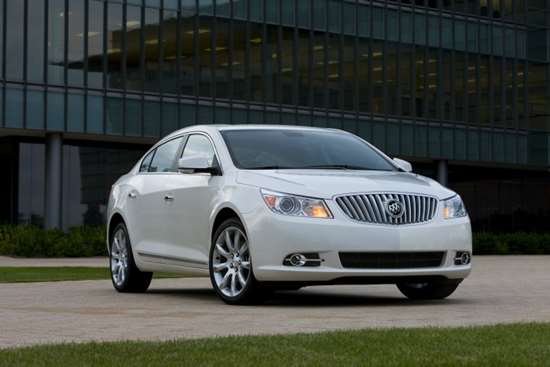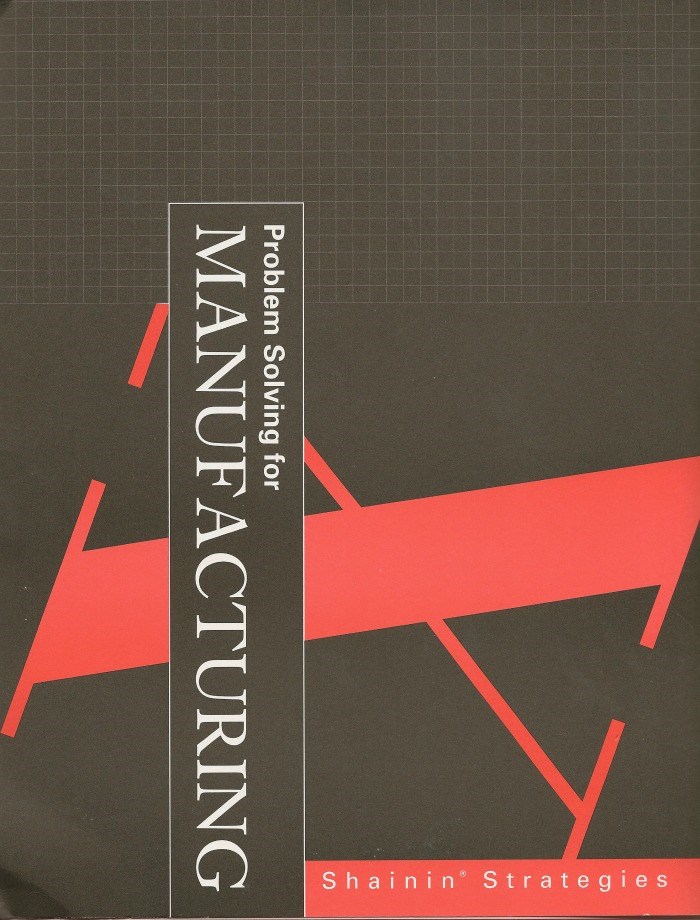Developing Quality at General Motors
Lori Cumming is helping make sure that the GM commitment to designing, building and selling the best vehicles is more than rhetoric—that it is real.
In her more than 30 years with General Motors, Lori Cumming has had a variety of positions within various engineering operations—from components to being the chief engineer on car lines to running the global proving ground and test labs—within the vehicle manufacturer.
In her more than 30 years with General Motors, Lori Cumming has had a variety of positions within various engineering operations—from components to being the chief engineer on car lines to running the global proving ground and test labs—within the vehicle manufacturer. And today she is in a position that she describes as "bringing all functions together." What's more, it is a critical position given the mantra that is regularly repeated from on high (as in CEO Ed Whitacre: "Design, build and sell the world's best vehicles."
"Best" means a number of things to a number of people, but one thing that it undoubtedly means to everyone has more than a little something to do with quality. And Cumming is the executive director of Global Product Development Quality. "We really integrate with almost everyone in the company," she says, then ticks off functions including marketing ("to understand what customer needs are"), design and engineering ("we need to make certain we meet customer expectations and validate processes"), and purchasing ("suppliers are very important, and it is important to them that they understand the GM Manufacturing System. We cannot deliver a high-quality vehicle without high-quality components.").
"Everyone in the company has a common deliverable," she says, then spells it out: "Design, build and sell the world's best vehicles." It's all hands on deck at GM in this regard, and everyone is pulling in the same direction to achieve this goal by 2012. She goes on to explain, "From a quality standpoint, we define that as best-in-segment quality." Because she is in the product development space (there are also quality functions addressing manufacturing and continu-ous improvement of products that are in the market) their work is instrumental in what gets out on the road.
To achieve best-in-segment quality, Cumming and her team—and note well that this is a global team, with team members in every region around the globe ("Our products are developed off of global architectures. We may have an architectural development team in Korea; they will be providing designs and vehicles for other parts of the world.")—operate with the GM Quality Plan. "The Quality Plan is our standardized work. It walks through the entire global vehicle development process, and indicates what elements must be complete by Quality along that process." While standardized work is more ordinarily associated with manufacturing operations, not product development, Cumming emphasizes, "Standardized work is very important. In order to communicate and to continually improve throughout the world, you have to have a base line of how you do work." Meaning that people in the U.S. ought to be working the same way as the people in Europe who are working the same way as the people in Asia.
Of course, it is important not just to have a plan and to work it, but to actually know what is out there. In order to achieve "the world's best vehicles" it is required that they know what's what. "We benchmark everybody," Cumming says. "In order to be best in segment, we can't go after a single company, but understand who is best in each segment. And we have to make sure we understand why they're the best and what it will take to make ours better." But while there are test drives and teardowns associated with their work, that is only part of it. "We're looking at specific vehicles, but we study and learn anything we can from anybody as far as quality tools and processes go. We will learn everything we can from a process standard.
"We use every method we need to get the information that would be helpful to improve our vehicles."
But they're starting with the end in mind, the most important end: The customer.
For example, GM is working to get products to market faster like most competitive companies are. Cumming acknowledges, "Time is a very important factor, and the Global Vehicle Develop-ment process has a time element to it." That said, she point out, "Time is important, but we have to take the time to adequately validate our vehicles. We have to protect our customer."
So one of the areas that they are taking time during development is in the period just prior to the release of cars to the customers. She provides the example of the new Buick LaCrosse, which is doing exceedingly well in the market (through July 2010, LaCrosse sales were up 228% compared with the same period in 2009). There was the possibility that the car would have been doing so well had there not been an extensive captured test fleet program for the car. "We put hundreds of vehicles in the hands of individuals within GM who drove the cars like normal drivers," she said. And during this phase they discovered an issue with a wheel bearing. "We put our Red X problem solving team on that to find the root cause. They got to the root cause, determined what it would take to fix it, and it was fixed before we shipped cars to customers."
And importantly, they have a closed-loop learning process as well as global bill-of-material owners so that when there are issues like this discovered, the learnings are factored back into the system so that they are able to determine what needs to be done in order to prevent problems like this from occurring in the future.
One of the perennial issues related to quality is whether it is foremost about people or about technology. "It's all about culture," Cumming insists. "Everyone in the company needs to feel we are"—yes, it's coming—"committed to designing, building and selling the best vehicles with our customers in mind. Once we have the culture, we'll pull the technology in to accomplish that."
Lori Cumming admits, "It's exciting to be in the quality organization when everyone in the company is focused on quality."
The Red X
You may have seen the Chevrolet TV commercial dramatically describing how they’re achieving quality and deploying a “Red X team.” Red X is a methodology—or, in the words of Richard D. Shainin, “a technology”—that allows people to find and confirm the cause of problems. And Shainin has more than a bit of authority on the subject as he is the executive vice president of Shainin LLC (Shainin.com) and his father, the late Dorian Shainin, is legendary in quality circles.
“Dorian loved to say, ‘If we can make one right, we can make them all right—if we just understood how we did it.’ There is so much you can learn from the parts. Once you gain the insight”—insight achieved through what he calls “talking to the parts”—“solving problems is straightforward.”
But this takes time and commitment. “One of the differences between the way we solve problems and the way others do is that most people gather experts and ask what they think the root cause is,” Shainin says. He admits that as they’re dealing with all manner of industries, far beyond just automotive, they don’t necessarily have expertise in all technologies, so they, too, have to call in the experts. But just a few. They ask questions of the experts so that they can learn from the parts, so that they can “get the parts to talk to us.” Then once they have run their tests and analyses, they may go back to the experts to help achieve an interpretation.
“Some people rely on data. We rely on evidence. You don’t know how the data was gathered. You don’t know what it really represents,” Shainin says. He explains that there was a situation at a factory where there was a reported 0.5% defect rate in a process. It was the number-one problem in terms of cost. And it had been affecting production for 18 months. When they analyzed the situation they discovered that there were two lines that were coming together at the end-of-line inspection. One of the lines had 0% scrap. The other had 1%. “And 90% of the parts were showing some evidence of the problem, but not enough to be scrapped. Only the guy doing the inspection knew that it was really one percent. But he had no knowledge of which line was causing the problem because the parts were mixed.” So the data would have been not efficient in terms of solving the problem.
But this can take time. “Someone can guess at a root cause faster than we investigate,” he admits. And he acknowledges that there is a tendency to jump to solutions before finding the cause: “Engineers tend to look at the symptoms and come to a conclusion of what they think the root cause is and then design a corrective action around that. When it works, it is wonderful. But when it doesn’t—companies can lose millions of dollars in recalls and warranties.”
RELATED CONTENT
-
Choosing the Right Fasteners for Automotive
PennEngineering makes hundreds of different fasteners for the automotive industry with standard and custom products as well as automated assembly solutions. Discover how they’re used and how to select the right one. (Sponsored Content)
-
TRW Multi-Axis Acceleration Sensors Developed
Admittedly, this appears to be nothing more than a plastic molded part with an inserted bolt-shaped metal component.
-
On Automotive: An All Electric Edition
A look at electric vehicle-related developments, from new products to recycling old batteries.


.jpg;width=70;height=70;mode=crop)








